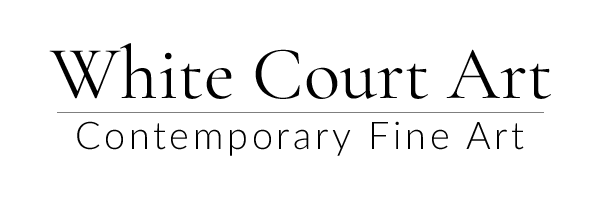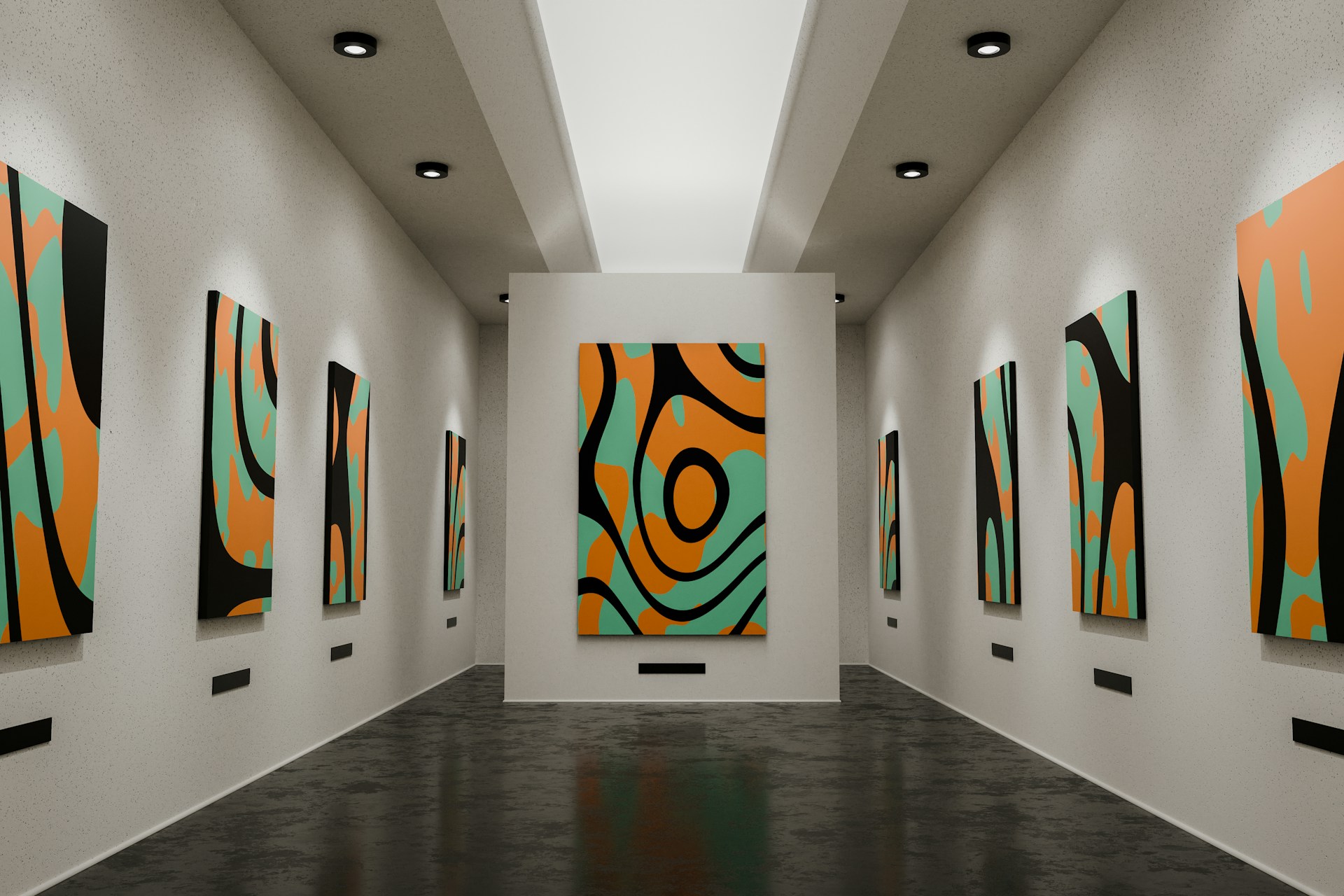Modern art is a fascinating tapestry woven from a multitude of influences. Artists draw inspiration from a wide array of sources, blending these elements to create unique and vibrant works. By understanding these influences, we can appreciate the depth and complexity that modern art has to offer.
One aspect of modern art is how it reflects the world around us. From towering mountains and bustling cityscapes to everyday moments and personal experiences, artists capture the essence of life through their creations. Each piece tells a story, inviting viewers to see the familiar in a new light.
Historical art movements also play a significant role in shaping contemporary styles. Artists often look to the past, borrowing techniques and ideas to build on what came before. This fusion of past and present opens up new possibilities and pushes the boundaries of artistic expression. As we explore these influences, we gain a deeper understanding of the dynamic world of modern art.
Understanding Artistic Influences: Sources and Inspiration
Modern artists find inspiration in a variety of places, each lending a distinct flavour to their work. Nature is a timeless muse, offering a vast palette of colours, forms, and textures. Artists capture the beauty of landscapes, the intricate details of flora, or the ever-changing skies, transforming these natural elements into captivating art.
History provides another rich source of inspiration. Artists often look to past events, drawing lessons and insights to express in their creations. This exploration of historical themes allows them to comment on contemporary issues, making connections between the past and present.
Cultural events also play a significant role in shaping artistic influences. Celebrations, ceremonies, and traditions provide artists with themes rich in meaning and emotion. By incorporating these elements, they create art that resonates with the viewer’s own experiences and cultural heritage.
Personal experiences and emotions further shape an artist’s work. Artists use their life journeys to inform their art, drawing from moments of joy, sorrow, triumph, and struggle. This emotional depth adds authenticity to their compositions. By sharing these experiences, artists invite us into their world, creating a connection that is both intimate and universal.
Recognising Historical References in Modern Art
Modern art often carries echoes of the past, adopting elements from previous art movements to forge new paths. Impressionism, characterised by its focus on light and colour, continues to influence artists today. The impression of a moment, captured with loose brushwork and vibrant hues, finds its way into modern expressions.
Cubism, with its fragmented forms and multiple perspectives, inspires artists to deconstruct reality. This approach allows them to explore complex ideas and present them in a novel way. The influence of cubism can be seen in works where shapes and forms are reimagined, offering fresh perspectives.
Abstract Expressionism, known for its emphasis on spontaneous expression, remains a significant influence. Many artists today embrace the freedom and emotion in abstract works, using colour, line, and form to convey feelings rather than represent reality.
These historic influences blend with contemporary styles and techniques, creating a dynamic landscape in modern art. By recognising these references, we can appreciate the continuity and evolution within the artistic world. Modern artists honour their predecessors while pushing boundaries, adding their voice to the ongoing dialogue between the past and the present.
The Impact of Technology on Art Creation
Technology has revolutionised the way artists create and share their work. With digital tools, the possibilities seem endless. Computers, tablets, and specialised software allow artists to experiment with new forms and styles, often pushing boundaries that traditional tools cannot reach. Digital art lets artists explore textures and effects that would be hard to achieve with paint or pencil alone.
Platforms like graphic design software enable artists to manipulate images easily. They can alter colours, shapes, and dimensions with a few clicks, creating stunning visuals that capture audiences. Animation and 3D modelling are now accessible, opening up a whole new realm for artists to express ideas.
Traditional art methods blend with new technology to create unique, hybrid forms of expression. Artists might paint a canvas before enhancing it with digital techniques, combining the tactile beauty of traditional art with the precision of digital tools. This fusion results in works that are rich in texture and depth, appealing to a wide range of viewers.
Technology also changes how art is shared and viewed. Social media and online galleries let artists display their work to a global audience. This accessibility transforms the art world, making it more inclusive and diverse, and providing opportunities for fresh voices to emerge.
The Role of Society and Culture in Shaping Art
Art holds a mirror to society, reflecting the world around us and providing commentary on cultural norms and societal issues. Contemporary artists draw inspiration from social dynamics, exploring themes like diversity, equality, and justice within their work. These themes resonate deeply, sparking conversation and reflection among audiences.
Cultural diversity greatly enriches modern art. With artists coming from various backgrounds, their unique experiences and perspectives shape their creations. This diversity adds layers of meaning and invites audiences to engage with stories beyond their own experiences.
Social issues also compel artists to respond through their work. Topics such as climate change, migration, and social justice often appear in modern art. By addressing these issues, artists provoke thought and encourage viewers to consider different perspectives.
Art acts as a catalyst for change, challenging viewers to reflect on their beliefs and actions. By using their platforms to raise awareness, artists play a pivotal role in society, driving conversations and potentially inspiring action. This dynamic interaction between art, society, and culture underscores the significant role artists play in shaping our understanding of the world.
Conclusion:
Modern art thrives as it draws from varied influences, merging tradition with innovation. By understanding these influences, viewers gain a deeper appreciation of the artworks they encounter. Artists incorporate personal experiences, historical movements, and technological advancements, creating a diverse tapestry that reflects our ever-changing world. This intricate blending paints a vivid picture of both individual creativity and collective cultural evolution.
To discover artworks that encompass these dynamic influences, contact White Court Art. Our curated collection showcases the breadth of modern and contemporary British art. Each piece highlights the seamless blend of traditional influences and contemporary expression that speaks to you. Explore the world of modern art prints online with us and be inspired by the stories artists tell through their unique works.

